
All categories
Featured selections
Trade Assurance
Buyer Central
Help Center
Get the app
Become a supplier

(14917 products available)








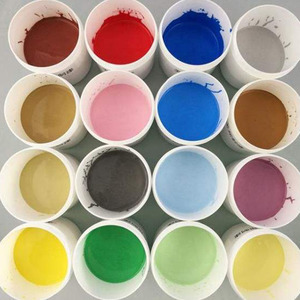
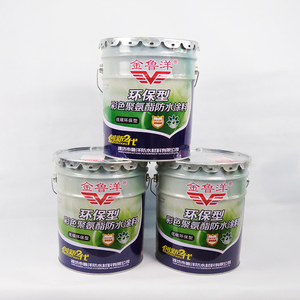

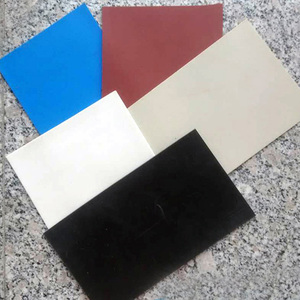
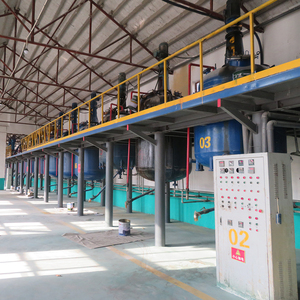


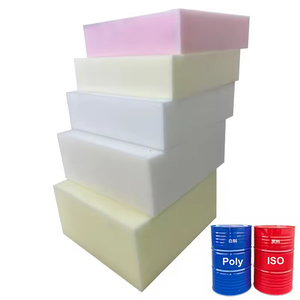
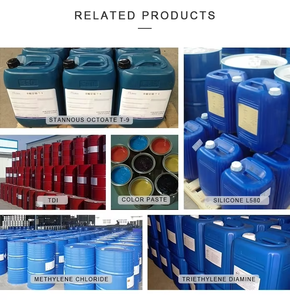


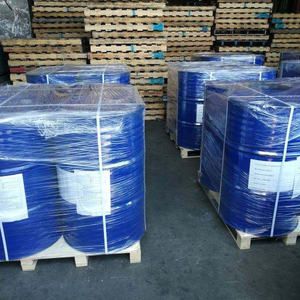




















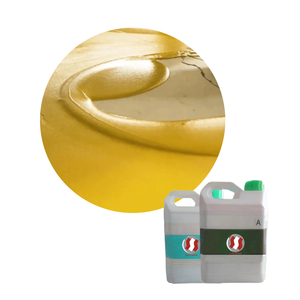
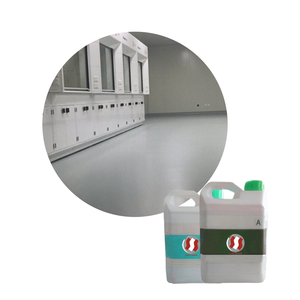

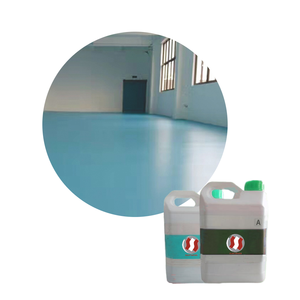

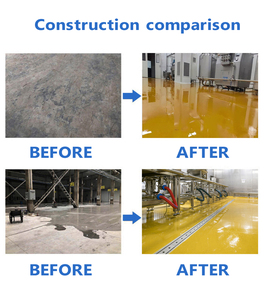
Polyurethane concrete, or PU concrete, is a mixture of concrete and polyurethane polymer additives. This mixture is used for construction projects and has different applications. It is popular because of its high durability, flexibility, and compressive strength. It also helps to prevent water damage.
There are four primary types of polyurethane concrete based on their use. They include;
Polyurethane concrete has many benefits, and the features and functions listed below explain why it is a more popular choice than ever among developers, contractors, and homeowners.
Adapting to Different Environmental Conditions
Polyurethane concrete is suitable for many different weather conditions and temperatures. Because of this, it is widely used in various places and for many different purposes.
Enhancing the Strength and Stability of Concrete Surfaces
These materials are used to strengthen and stabilize concrete surfaces and structures. They fill in cracks and holes, creating a solid and strong bond with the existing concrete.
Moisture Resistance
Polyurethane concrete is resistant to moisture and water. This prevents issues like mold, algae, or mildew growth, which can cause structural damage.
Creating a Strong and Durable Layer on Concrete Surfaces
This material creates a strong and durable layer on the concrete surface, increasing its longevity and decreasing the need for maintenance and repairs.
Slip Resistance and Increased Traction
Polyurethane concrete can be adapted to create slip-resistant surfaces that provide increased traction. This makes it ideal for areas such as walkways, ramps, patios, and driveways.
Improving the Look and Appearance of Surfaces
Polyurethane concrete comes in different colors, textures, and finishes, improving the overall look and appeal of the surface. It can be customized to match any design preference or style.
UV and Chemical Resistance
Polyurethane concrete is resistant to UV rays, preventing discoloration and degradation. It is also resistant to chemicals like oils, solvents, acids, and cleaners, making it suitable for industrial areas exposed to harsh chemicals.
Filling Cracks and Joints in Concrete Surfaces
Polyurethane concrete sealants fill joints and cracks in concrete surfaces. This prevents water from penetrating and stops the growth of weeds and other plants in openings on the concrete. It also helps to stabilize and prolong the life of the concrete surface.
Polyurethane concrete has various applications across different industries due to its unique properties. Here are some common usage scenarios:
Industrial and Commercial Flooring
Polyurethane concrete is utilized for flooring in warehouses, factories, shopping malls, and supermarkets. The durability prevents it from tearing and creates a bright surface that is easy to clean.
Parking Lots and Garages
It is used to build parking lots and garages because of its ability to withstand constant vehicular movement. It protects the concrete from UV rays and water, preventing cracks and ensuring a long-lasting surface.
Airport Runways and Taxiways
Polyurethane concrete is used on airport runways and taxiways because it can support the weight of large aircraft. It ensures a smooth and safe landing and take-off of airplanes.
Bridges and Overpasses
This concrete is used to construct bridges and overpasses to protect them from harsh weather conditions and heavy traffic. It ensures the structures remain stable and last longer.
Waterproofing and Crack Repair
Polyurethane concrete creates water-resistant membranes for foundations, basements, and roofs. It fills and seals cracks in existing concrete structures, preventing further damage.
Industrial Coatings
It includes epoxy coatings, polyurethane concrete floor coatings, and polyaspartic coatings. The coatings protect concrete surfaces from chemicals, abrasion, and impact while offering anti-slip and hygienic properties.
Residential Flooring
Polyurethane concrete is used for living space flooring, including basements, kitchens, and garages. It offers a unique and aesthetic design while providing durability and ease of cleaning.
Heavy-Duty Areas
Areas like dairy farms, breweries, and manufacturing plants use polyurethane concrete because of its high resistance to wear, chemicals, and moisture. It creates a hygienic and easy-to-clean surface.
Sports Facilities
Polyurethane concrete is used in sports facilities like basketball and tennis courts, running tracks, and gymnasiums. It offers a non-slip, durable surface that absorbs impact and is easy to clean.
Type of Project
The kind of work determines whether a concrete slab or liquid foam is more appropriate. Slabs are suitable for flat surfaces like foundations or roads. Foam works better for vertical surfaces like walls or filling voids.
Moisture Levels
Understanding moisture in the concrete is important. High moisture may require a water-resistant formula. Low moisture allows for more formula choices.
Climate Conditions
Consider the weather where the concrete goes. Hot climates need fast-curing mixes. Cold places need insulated or warm-mixed concrete to cure properly.
Load-Bearing Needs
Heavier loads need special consideration. Load-bearing walls or structures require concrete with compressive strength. Check load requirements to choose the right strength.
Application Method
How the concrete applies affects choices. Pumps work better with slab concrete. Foam uses high-pressure spray rigs. Know the application tools to match the concrete.
Desired Cure Time
Cure time affects project scheduling. Fast-curing concrete is ready for the next steps sooner. Slow-curing mixes allow more working time but take longer to cure.
Budget Constraints
Higher-performance mixes cost more, so balance needs with budget. A thorough needs assessment helps find solutions that fit financial limits.
Environmental Impact
Consider eco-friendliness. Some concrete has recycled materials or lessens emissions. Look for certifications on sustainability.
Technical Support
Quality technical support is vital, especially for complex jobs. Manufacturers with strong help available are safer choices.
Q1: What is the difference between polyurethane and epoxy?
A1: Polyurethane concrete is more flexible than epoxy. As a result, it is less likely to crack under pressure. Furthermore, polyurethane cures more quickly than epoxy. Its reaction to moisture makes it an excellent choice for waterproofing and sealing applications.
Q2: How long does polyurethane last?
A2: A polyurethane finish can last up to 20 years if applied correctly and maintained. However, the lifespan also depends on the type used. Water-based finishes have a shorter lifespan than oil-based finishes.
Q3: Is polyurethane water or oil-based better?
A3: Water-based products dry faster and leave a clear finish. They're ideal for quick projects or when clarity is essential. Oil-based products, however, penetrate deeply and offer robust protection. They're suitable for high-wear areas and when a warm tone is desired.
Q4: Does polyurethane darken with age?
A4: While water-based polyurethane does not darken, oil-based polyurethane does darken over time. The finish, however, becomes more amber with age.
Q5: What are the disadvantages of polyurethane?
A5: Polyurethane waterproofing membrane concrete has no significant disadvantages. However, when applying water-based polyurethane, it is essential to know that it raises the wood grain. Therefore, a sanding step may be necessary.